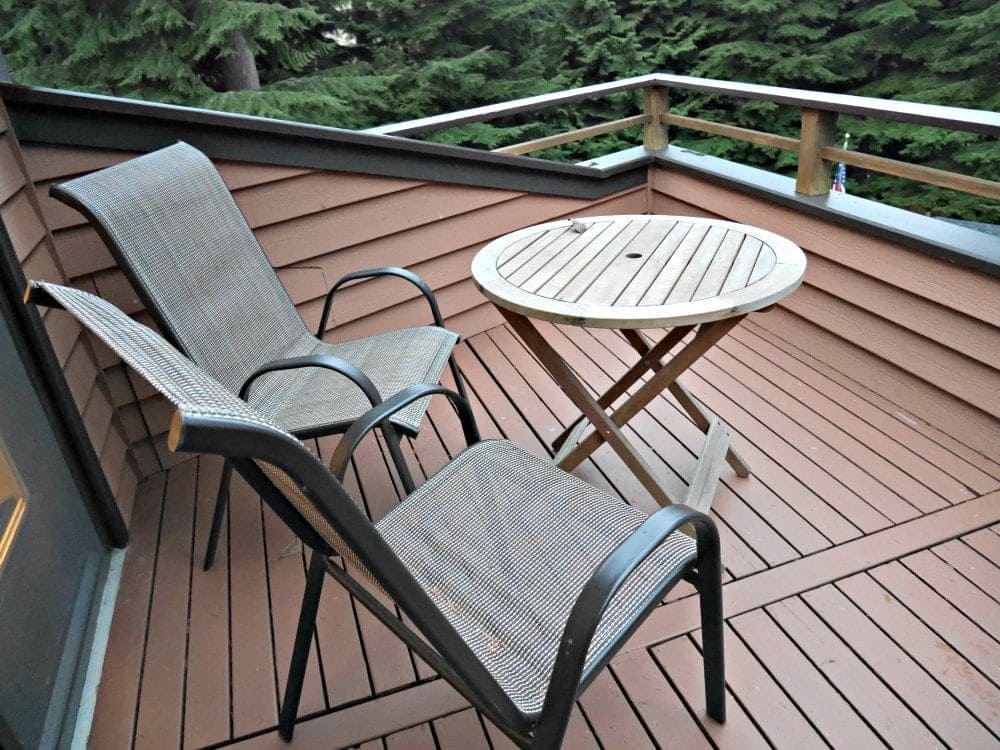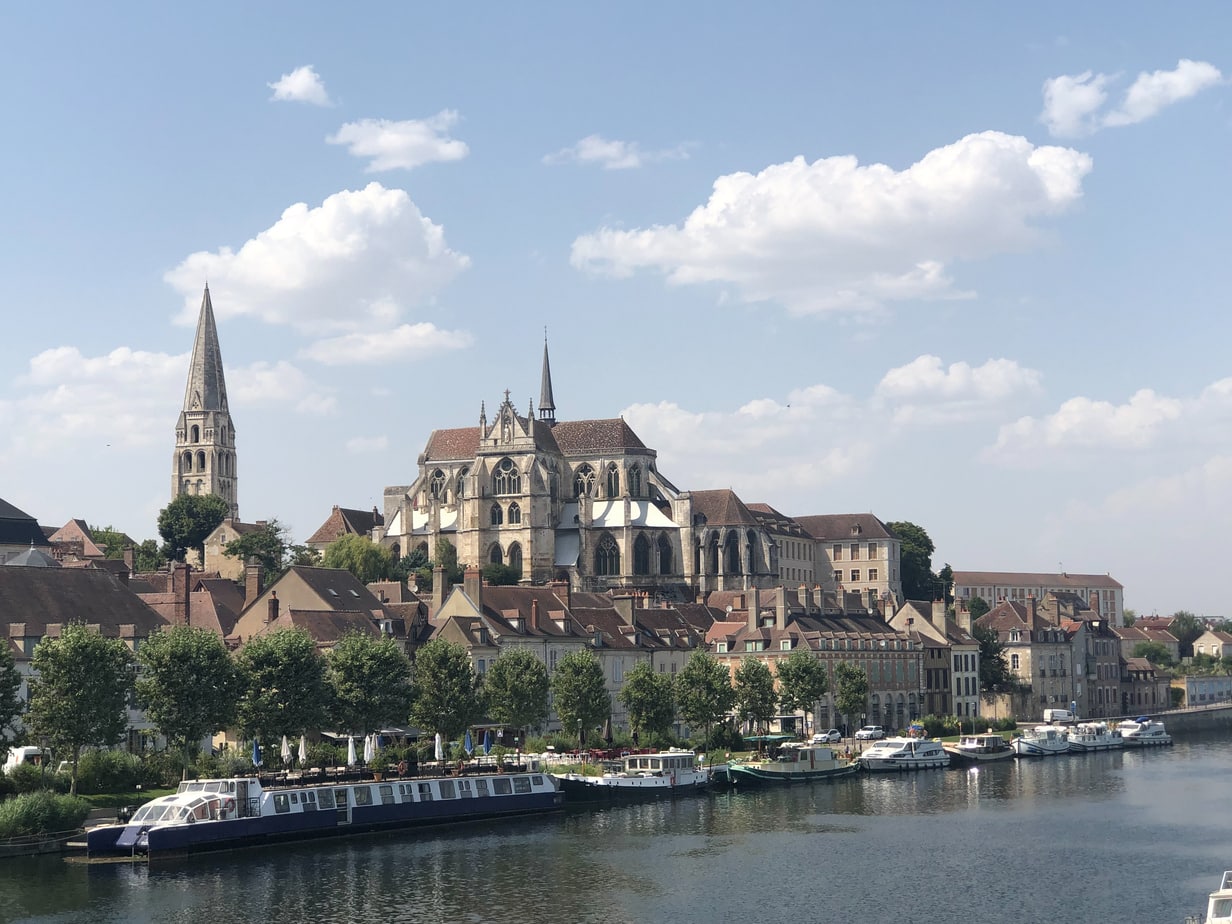Newport’s mansions are more than relics of opulence—they are living chronicles of ambition, technological innovation, and changing social tides in Gilded Age America. Each estate bears the hallmark of its visionary owners and the artisans who shaped every fireplace, ballroom, and art-filled gallery.
The Transformation of Newport: From Quaker Retreat to Gilded Playground
Originally a quiet port and Quaker community, Newport underwent seismic change when America’s wealthiest families—names like Vanderbilt, Astor, and Berwind—descended in the late 1800s. Their arrival marked a new era of conspicuous consumption, with fortunes amassed through railroads, coal, and banking funding decadent “summer cottages.” These cottages and sprawing grounds were not designed for modest relaxation and weekend getaways, but fwere destinations for the six-week summer social season that defined national taste and power.
Newport’s Bellevue Avenue became a stage for spectacle: its mansions hosted sprawling banquets, costume balls, and displays of rare art, all governed by the city’s unspoken codes of class and exclusivity. Yet, as fortunes shifted and priorities changed in the 20th century, many of these grand estates were demolished, underscoring the fragile nature of Gilded Age glory.
Read on for some of the classic gilded age mansions.
The Breakers: American Luxury and Ingenuity
The Breakers—Newport’s undisputed crown jewel—offers an impressive study in Italian Renaissance architecture and scale. Commissioned by Cornelius Vanderbilt II, it was completed in 1895 after a fire destroyed the Vanderbilt’s earlier residence. Architect Richard Morris Hunt’s vision materialized as a 70-room, 62,500-square-foot fantasy adorned in imported marbles, Caen limestone, rare woods, and custom details.
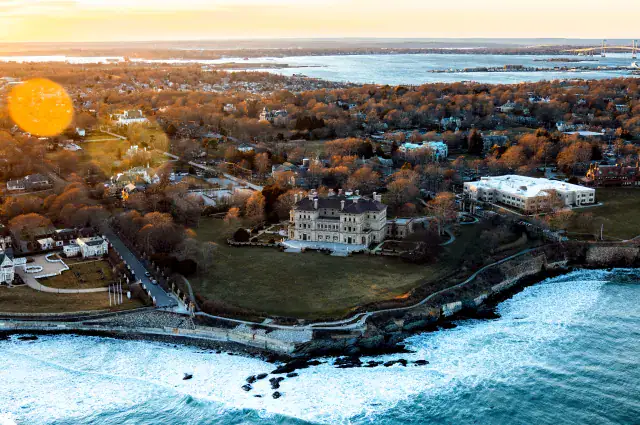
Notable architectural and interior details include:
- Great Hall: Soaring 50 feet high, this entry was designed to overwhelm. Guests walked into a cavernous space ringed with balconies, marble columns, and massive glass doors that opened to terrace views of the Atlantic.
- Library: Paneled in Circassian walnut with gold-leaf details, designed to evoke leather-bound books. Its 16th-century French fireplace bears an inscription extolling wisdom over material riches, reflecting a knowing wink at the very excess surrounding it.
- Music Room: A feat of transatlantic collaboration—designed and built in France, disassembled, shipped, and reassembled in Newport. Its gilded, coffered ceiling, elliptical molding with musical references, and exquisite furnishings hosted recitals and ceremonial dances central to Gilded Age social life.
- Dining Room: Accented by twelve alabaster columns with Corinthian capitals, crystal chandeliers from Cristalleries Baccarat, and a carved and gilt grey marble fireplace. This was the stage for ten-course meals and titanic social gatherings.
- Morning Room: Facing the sunrise, with shimmering platinum wall panels featuring Greek goddesses—a subtle yet costly luxury emblematic of the Vanderbilts’ taste and means.
- Servant Spaces: Thirty-three rooms were dedicated to staff—cooks, maids, butlers, and chauffeurs—whose labor supported the mansion’s demanding calendar and scale.
Both historically and in The Gilded Age series, The Breakers hosted decisive moments, from business deals to debutante balls to whispered staff intrigues.
Location: 44 Ochree Point Avenue, Newport, Rhode Island. Guided tours available. Official website here.
Marble House: Architectural Grandeur Begets Social Advocacy
Marble House—constructed for William and Alva Vanderbilt and finished in 1892—ushers visitors into a world of French palace splendor. Clad in 500,000 cubic feet of marble, its Beaux-Arts façade, gilded mantels, and Grand Salon mirrored Parisian style.
Marble House’s legacy is heightened by Alva Vanderbilt Belmont’s eventual political and social activism. After divorcing Vanderbilt—an unprecedented act for a woman of her stature—Alva became a driving force in the women’s suffrage movement. In 1909 and 1914, she opened Marble House to the public for national suffrage conferences, transforming a symbol of privilege into an unlikely engine for progressive change. Suffrage speakers addressed guests in rooms that would otherwise be closed to outsiders, and conference proceeds directly funded national suffragist causes.
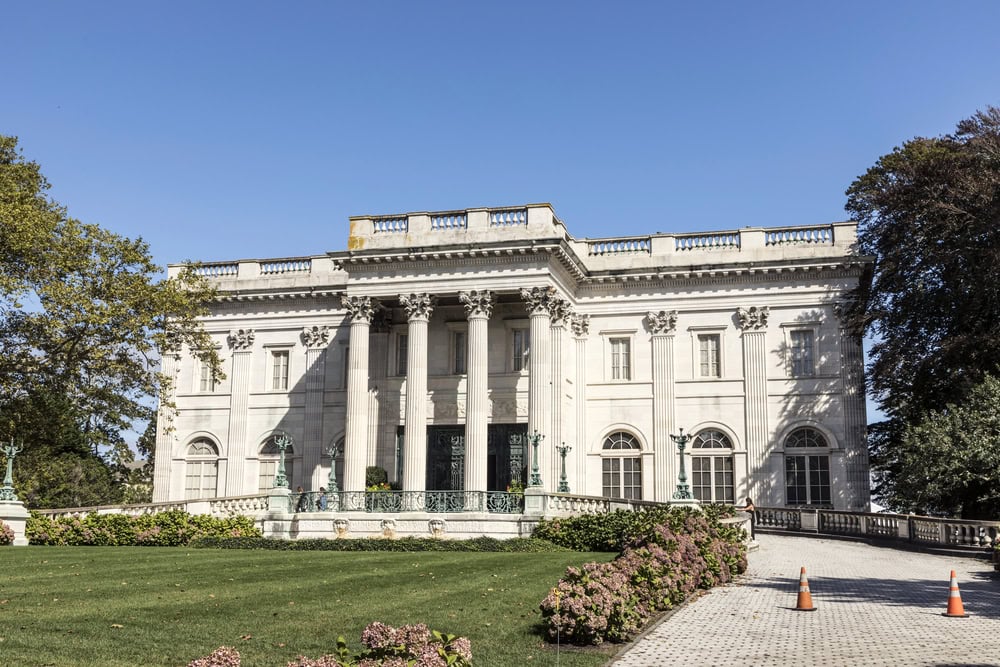
Alva’s Chinese Teahouse became a rallying point for political debates and fundraising, attracting press attention during Newport’s social season. The lower floor’s “Gothic Museum” showcased artifacts sourced from European churches and monasteries, accessible to architectural and art aficionados before lectures began—and provided tangible link between high culture and activism.
Location: 596 Bellevue Avenue, Newport, Rhode Island. Guided and audio tour available. Official website here.
The Elms: Lasting Cottage Grandeur
The Elms stands among Newport’s grandest “cottages,” a testament to French-inspired extravagance, technological innovation, and the intricate social rituals of the Gilded Age. Commissioned by coal baron Edward Julius Berwind and completed in 1901, The Elms was modeled after the 18th-century Château d’Asnières, incorporating the best of French taste with cutting-edge American engineering.
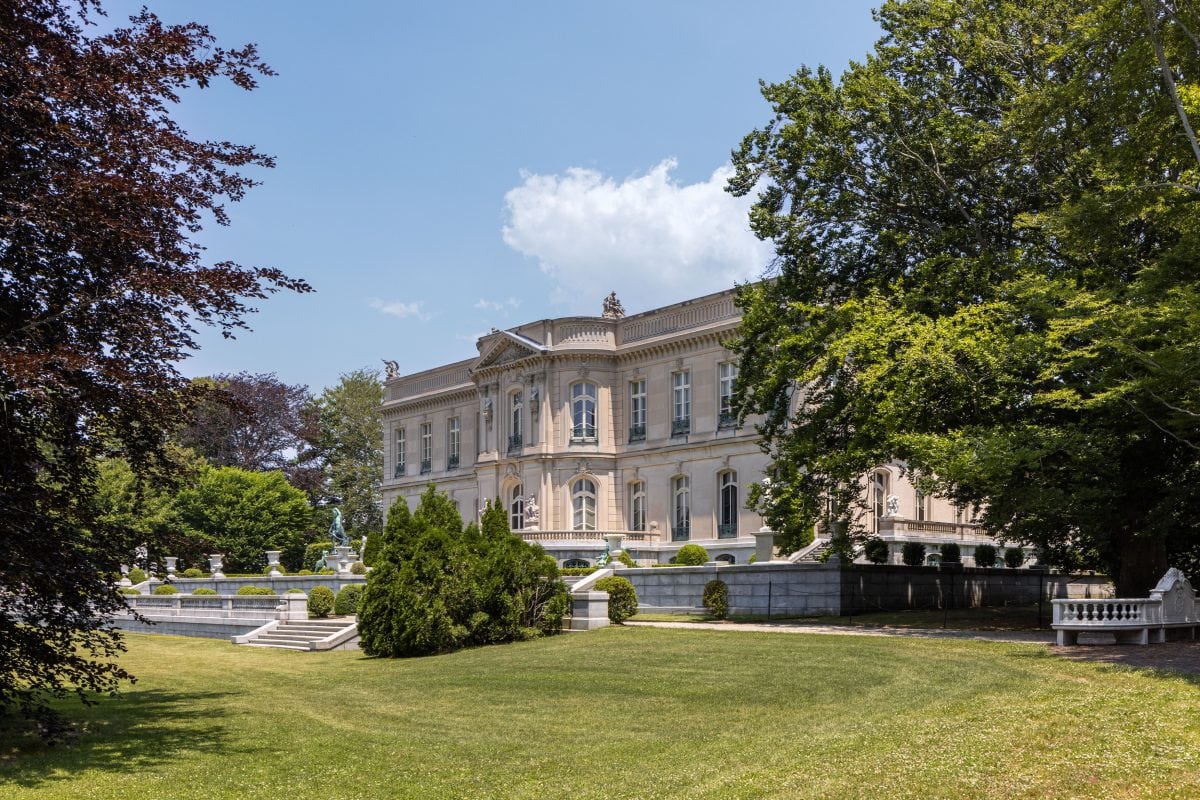
The Elms’ debut in 1901 set Newport’s social circles alight: for one legendary housewarming party, roses and vines climbed to the second floor, lights transformed the grounds, and two orchestras played for the city’s elite. President Theodore Roosevelt and Kaiser Wilhelm II of Germany were among distinguished guests, underscoring the Berwinds’ social reach.
The white limestone was not just visually stunning; the house’s steel frame, terra cotta partitions, and reinforced concrete floors were highly advanced for the time, emphasizing safety as well as splendor. The Elms was among Newport’s first fully electrified mansions and was an early adopter of technological innovation.
After Sarah Berwind’s death in 1922, her sister-in-law Julia Berwind continued to run The Elms in high style, even as fortunes and fashions shifted. Julia maintained a full staff and traditional rhythms long after other Gilded Age palaces had faded, becoming Newport’s last torchbearer for the old ways. Facing demolition in the 1960s, The Elms was famously saved by the Preservation Society of Newport County, transformed within weeks into a public museum.
The Elms’ glittering interiors have served as key filming locations for HBO’s The Gilded Age, with its kitchen standing in for the Russells’ New York staff areas and bedrooms adapted for fictional characters.
Location: 367 Bellevue Avenue, Newport, Rhode Island. Official website here.
Rosecliff: Spectacle and Social Climbing
Commissioned in 1899 by Nevada silver heiress Theresa Fair Oelrichs, Rosecliff is an example of French-inspired luxury. Architect Stanford White modeled the mansion after the Grand Trianon at Versailles—scaled for Newport, but retaining the signature arched windows, Ionic pilasters, and glazed arcades associated with French palace design. The pure white terracotta exterior gleamed in the sun, and was a deliberate effect to compete with neighbors and stand out with the dazzling the summer crowd.
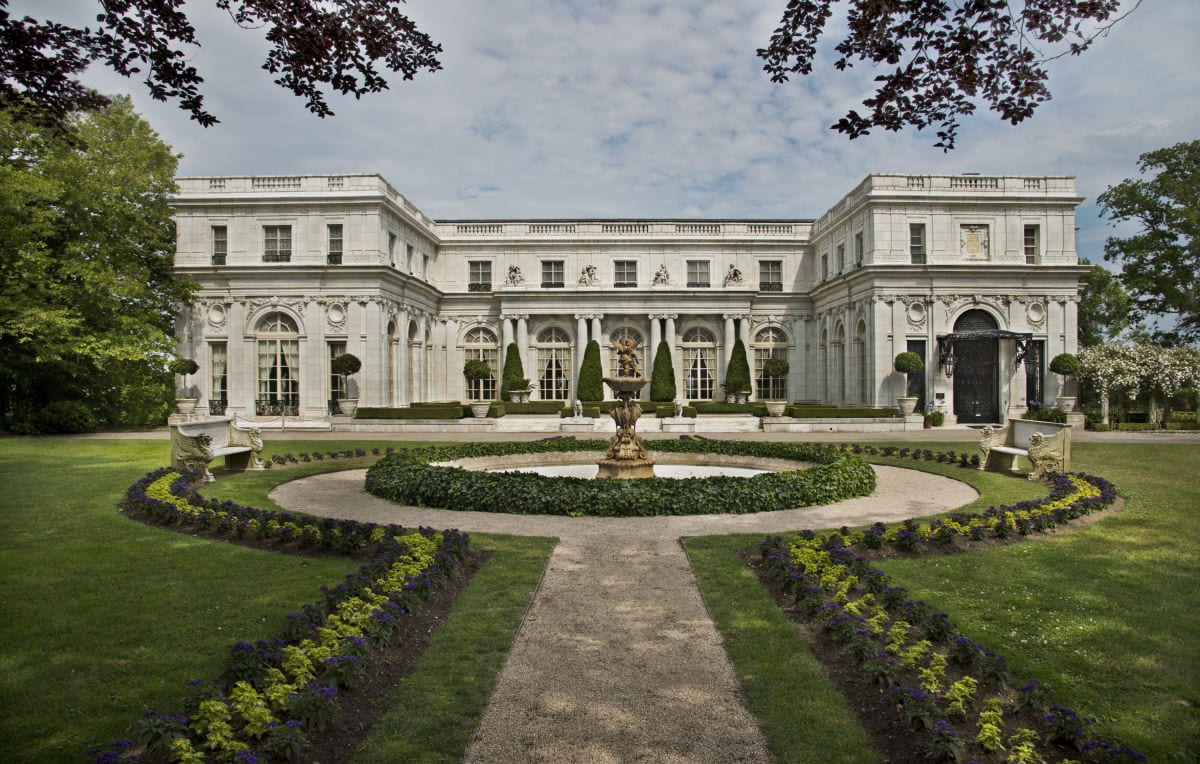
Rosecliff’s ballroom, with its white stucco facade, gabled rooflines, and elegant gardens, was a setting for legendary parties. Oelrichs threw herself into Newport society, becoming one of its three key hostesses and outdoing her rivals with elaborate events, including dinners and balls that ran into the hundreds of guests. Harry Houdini once performed at Rosecliff, showcasing its role not only as social epicenter but as a venue for spectacle and novelty.
Today, Roseccliff is a coveted venue for social events and filming. In popular culture, Rosecliff’s ballroom has been famously featured in films including The Great Gatsby (1974), High Society, 27 Dresses, and True Lies, cementing its image as an icon of American cinematic grandeur.
Location: 548 Bellevue Avenue, Newport, Rhode Island. Official website here.
Chateau-sur-Mer: Victorian Grandeur and Political Influence
Chateau-sur-Mer, constructed in 1852 for China trade merchant William Shepard Wetmore, was the palatial forerunner of Newport’s Gilded Age. Built of locally quarried granite, its original Italianate villa design emphasizied symmetry and decorative Renaissance elements. It was the epicenter of elite teas and social gentility, hosting events that determined the rules of Newport society long before the arrival of the Vanderbilts.
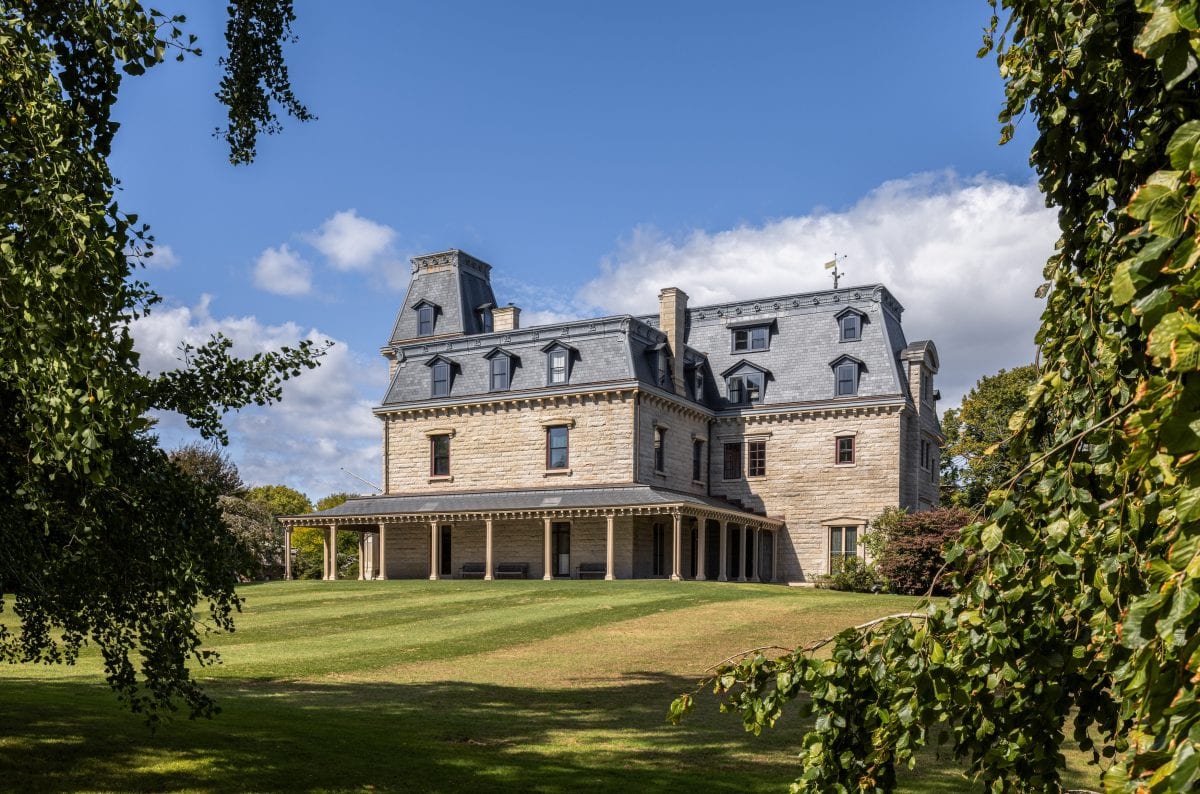
The estate passed to Wetmore’s son, George Peabody Wetmore, a major political figure in Rhode Island.The estate was thoroughly transformed by architect Richard Morris Hunt in the late nineteenth century, incorporating elements of the Second Empire and Victorian styles, along with grand additions and alterations that made it unrecognizable to many who knew its first incarnation. The centerpiece is a soaring three-story great hall, with a 45-foot ceiling and sweeping balconies on every level, where guests would await the entrance of their host, creating unmatched drama of scale and welcome.
Chateau-sur-Mer’s year-round design set it apart from most seasonal Newport cottages, allowing the Wetmore family to exercise influence in both personal and political spheres. George Peabody Wetmore was Rhode Island’s governor, a U.S. Senator, and a prominent Republican, hosting campaign events and elite gatherings in his lavish home. Its lavish parties in the 1870s and 1880s signaled Newport’s transformation from a summer retreat to a power center of American society, cementing Chateau-sur-Mer as a trailblazer in Gilded Age hospitality, protocol, and taste.
Location: 474 Bellevue Avenue, Newport, Rhode Island. Official website here.
Visiting the Newport Mansions
Newport’s mansions remain touchstones for American culture and history. Every room is meticulously restored and interpreted. Curators seek out original furnishings, decorative art, letters, and household implements to recreate the worlds of both residents and the “invisible” army of servants who maintained these palaces.
Today, The Preservation Society of Newport County orchestrates educational events, costumed recreations, specialty tours (including HBO’s The Gilded Age film locations), and rotating art installations—making these historic properties relevant for new generations. Private staterooms, servant passages, secret gardens, and innovative “mod-cons” like elevators and hidden dumbwaiters are revealed to modern guests. The mansions continue to spark curiosity and admiration, whether through a television series, a guided tour, or the immersive experience of a special events. These grand mansions are a reminder that the ambitions, artistry, and dramas of the Gilded Age still live on in stone, marble, and memory.
Disclosure: This post contains affiliate links.





